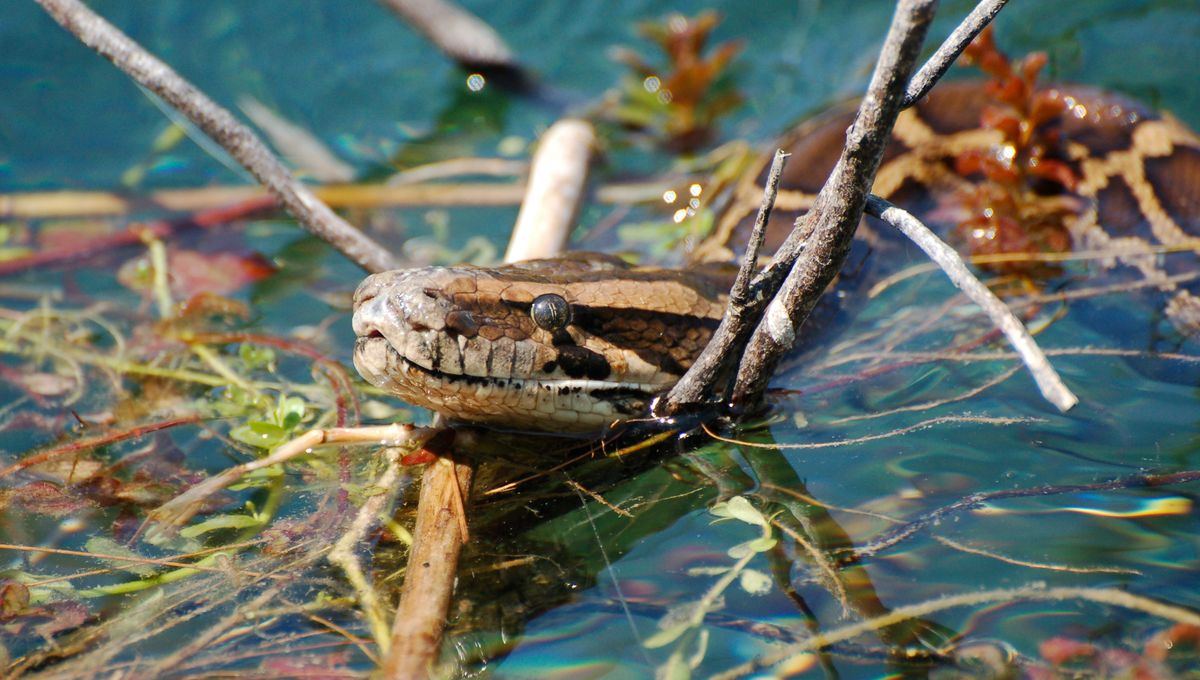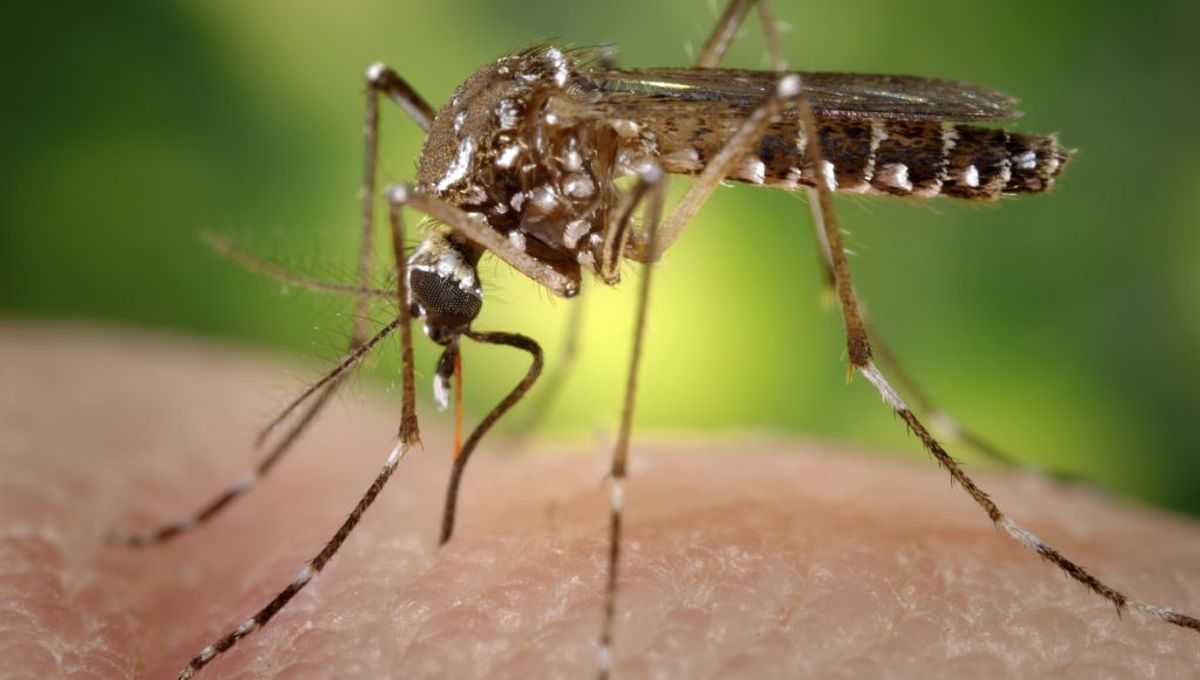Imagine a scenario where tropical pythons from Asia invade the wetlands of Florida. Sounds like something out of a movie, right? Well, believe it or not, that’s exactly what happened. Burmese pythons and Indian pythons, originally native to the lush forests of Asia, found their way to Florida in the 1970s, most likely through the exotic pet trade. But it wasn’t until Hurricane Andrew struck in 1992, releasing an unknown number of pythons into the wild, that their population exploded.
These massive pythons quickly adapted to their new swampy environment, thriving and multiplying at an alarming rate. Their insatiable appetite and predatory skills allowed them to outcompete native species, causing a decline in the population of small mammals like marsh rabbits, cottontail rabbits, and foxes. In fact, a study conducted in 2012 revealed that the raccoon population in the Everglades had fallen by a staggering 99.3 percent since 1997.
Efforts to control this invasive species have been largely unsuccessful, but scientists are determined to find a solution. In 2018, researchers from the US Geological Survey conducted a genetic analysis of Burmese pythons captured in South Florida. Surprisingly, they discovered that some of these snakes were a genetic blend of Burmese and Indian pythons, a result of hybridization.
Hybridization can have various outcomes, but in this case, it seems to have created a hybrid with the best traits of both species. This phenomenon, known as heterosis or hybrid vigor, could potentially give these pythons an advantage in adapting to their environment and expanding their distribution.
Despite their impressive adaptability, the battle against invasive pythons continues. These snakes are masters of camouflage, making them incredibly difficult to detect. However, advances in genetic sampling are providing scientists with a new tool to better understand and combat this threat.
By studying the genetic makeup of these pythons and monitoring their movement patterns, researchers hope to gain valuable insights into their habitat preferences and resource use. Armed with this knowledge, wildlife managers can develop more effective strategies to control and mitigate the impact of these invasive predators.








